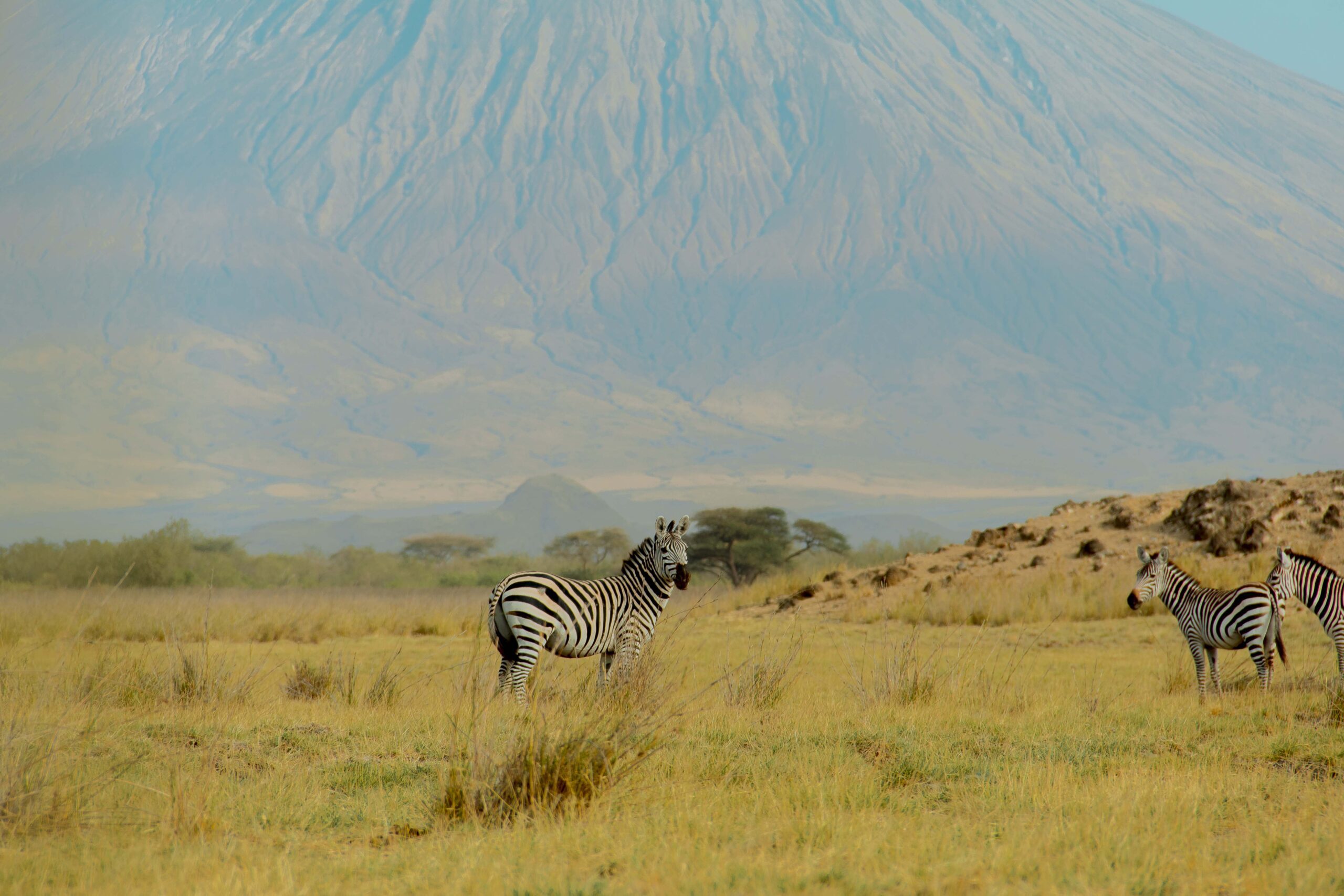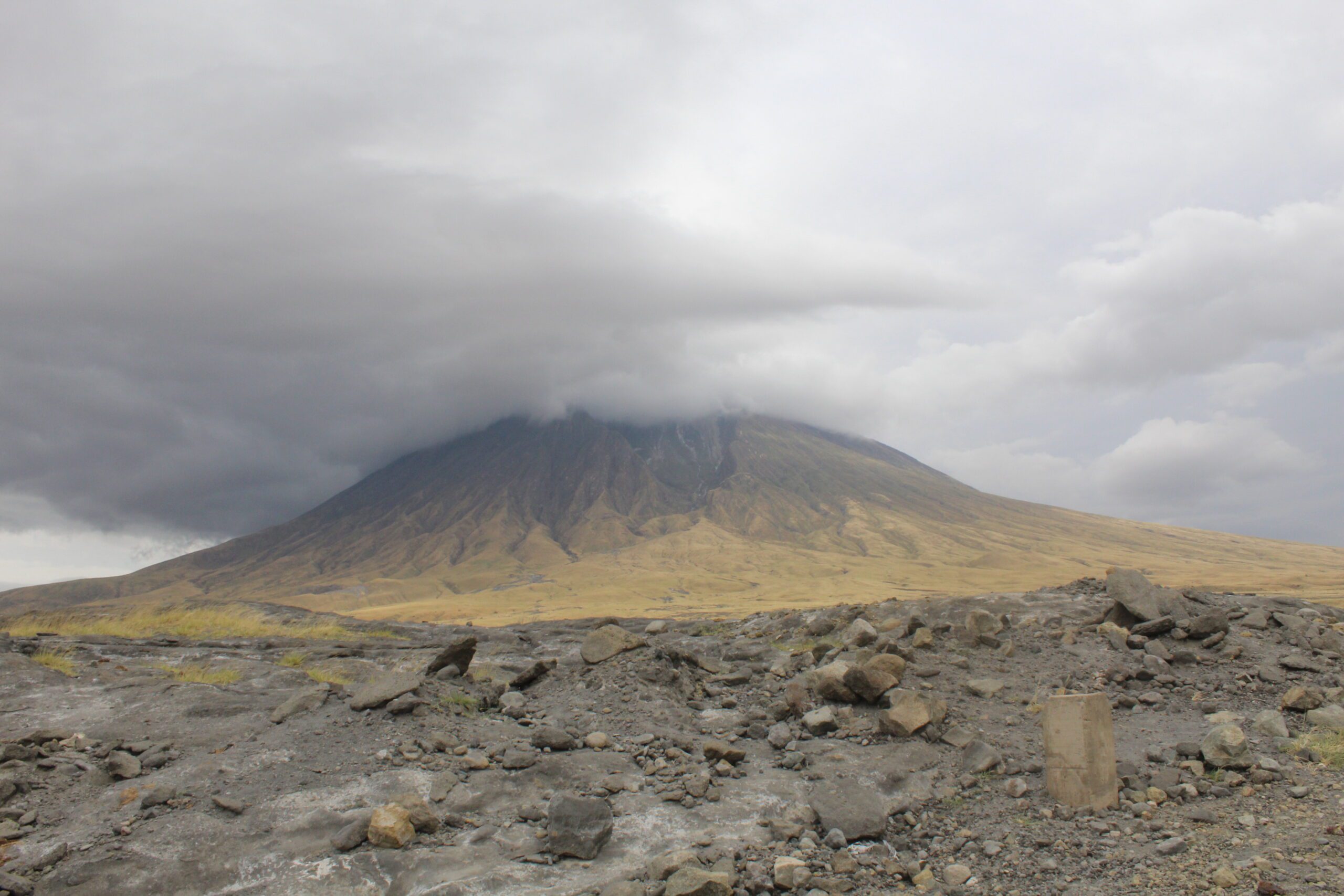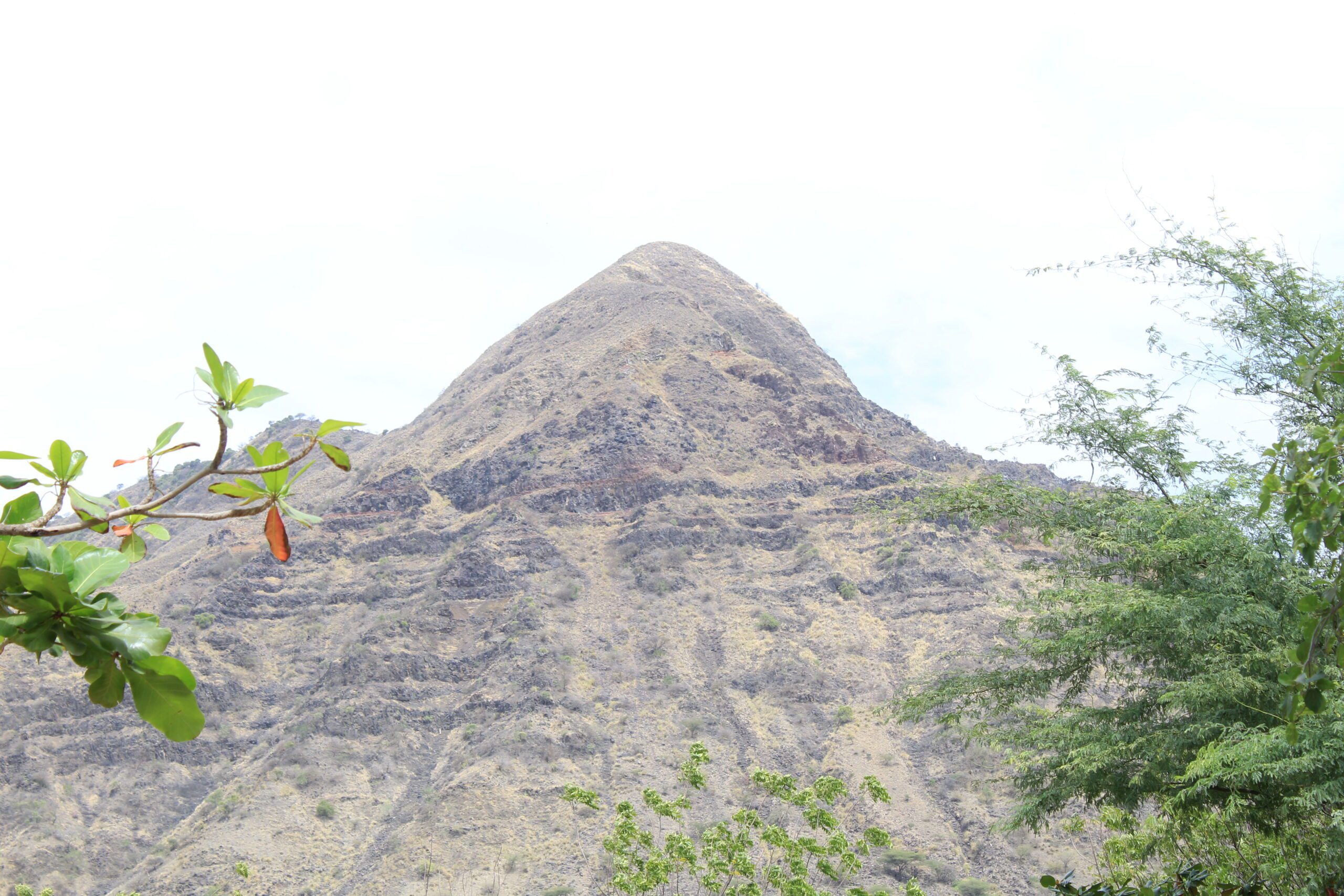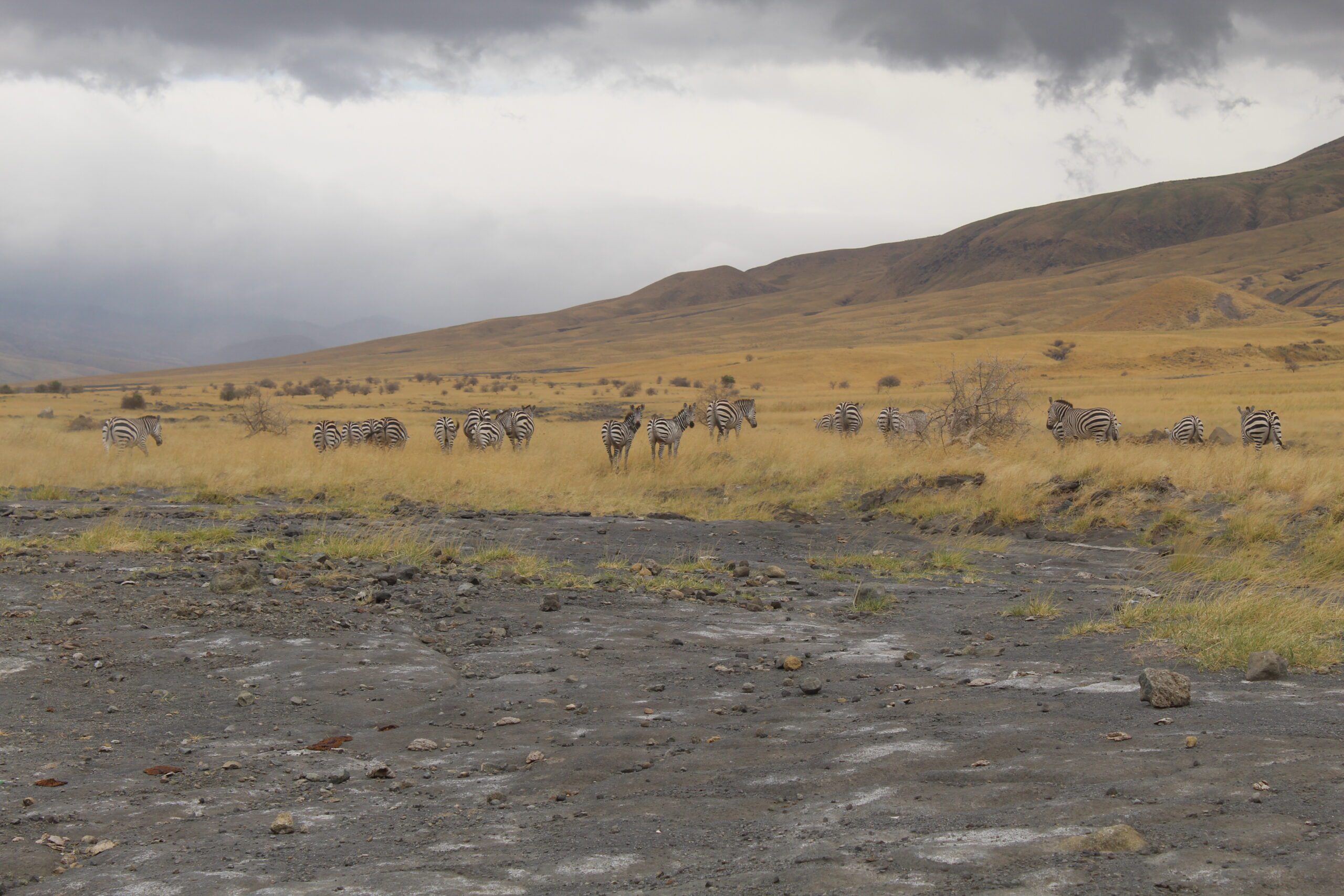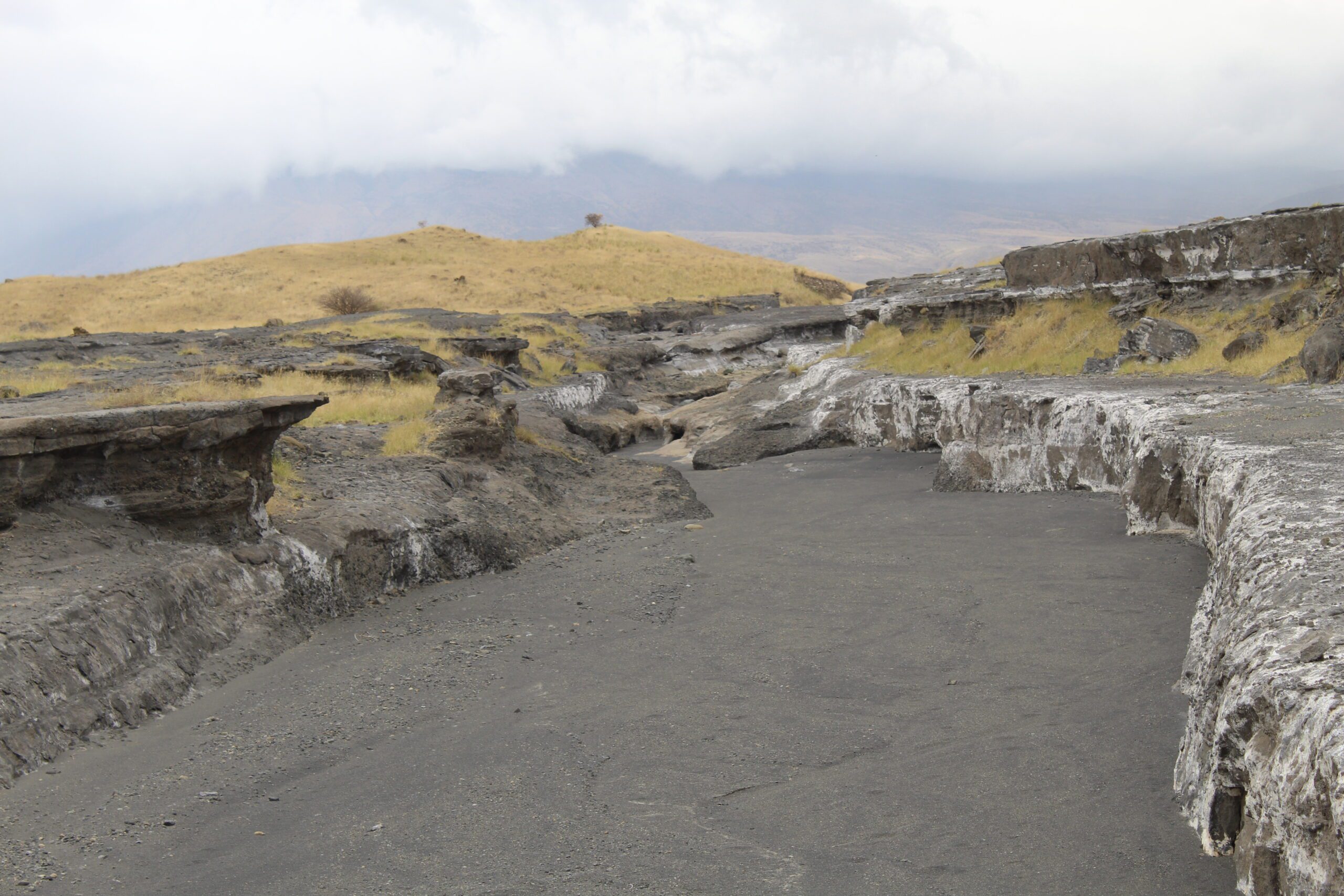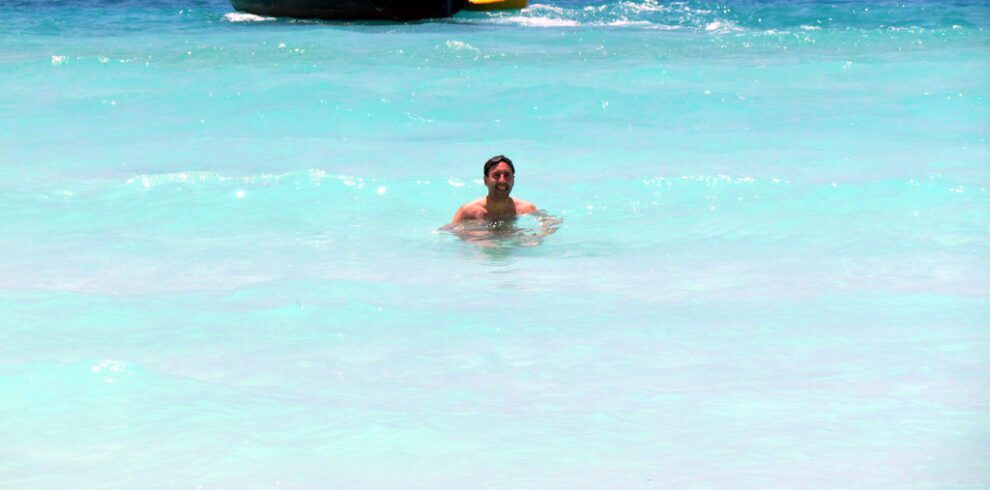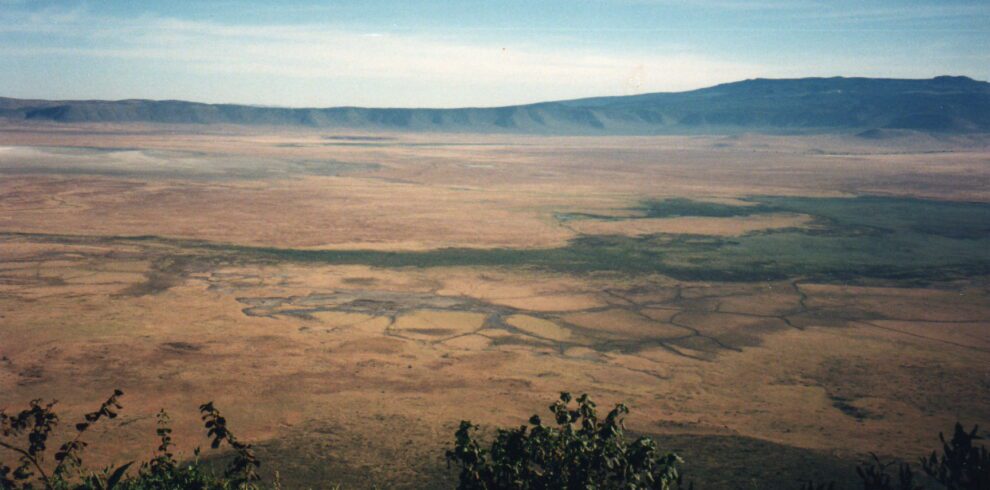While Mount Ol Doinyo Lengai can be climbed year-round, the best season for the trek is generally considered to be the dry season which falls between June and October. Here’s a breakdown of the pros and cons of different seasons:
Dry Season (June-October):
Pros:
Favorable weather: Minimal rainfall, clear skies, and less chance of encountering muddy and slippery conditions on the trail.
Better visibility: Enjoy clearer views of the surrounding landscape, including the crater and potentially Mount Kilimanjaro in the distance.
Safer conditions: Less risk of flash floods or hypothermia due to lower chances of rain.
Cons:
Peak season: Expect more crowds on the mountain, potentially impacting availability and pricing for permits and guides.
Colder nights: Temperatures at higher altitudes can drop significantly during the night, requiring proper warm clothing for the campsite.
Wet Season (November-May):
Pros:
Fewer crowds: You might encounter a less crowded climb, potentially impacting costs and ease of obtaining permits.
Greener surroundings: The landscape might be more lush and green due to the recent rainfall.
Cons:
Unpredictable weather: Higher chances of rain showers, thunderstorms, and even hail, potentially impacting safety and enjoyment of the trek.
Muddy and slippery trails: Increased risk of encountering muddy and slippery conditions on the loose volcanic ash, making the climb more challenging and potentially dangerous.
Limited visibility: Rain and clouds can obstruct views of the surrounding landscape.
Ultimately, the best season for you depends on your priorities. If you prioritize favorable weather, clear skies, and safety, the dry season is the better choice. However, if you prefer smaller crowds and potentially lower costs, the wet season might be an option, but be prepared for the potential challenges it entails. Remember, consulting with a reputable tour operator familiar with the mountain and the specific weather conditions during your chosen time frame is highly recommended for a safe and successful climb.
Overview
Mount Ol Doinyo Lengai, also known as the “Mountain of God” to the Maasai people, is a unique and challenging climb. This active volcano, the only one in East Africa with carbonatite lava, attracts adventurous hikers seeking an unforgettable experience. This 2-day itinerary provides a glimpse into the remarkable journey of conquering this volcanic peak.
Trip Hightlights
- Phewa Lake Boat Ride: Serene boat ride on the picturesque Phewa Lake. Breathtaking views of the Annapurna mountain range reflected in the clear waters.
- Cultural Exploration: Visit to the Bindhyabasini Temple, a significant religious site in Pokhara. Explore the Seti River Gorge, offering insights into the region's history and culture.
- Natural Wonders: Witness the powerful Davis Falls, named after a Swiss tourist, with a poignant story. Explore the Gupteshwor Cave, adorned with intricate stalactite formations and an underground waterfall.
- Educational Stop: Visit the International Mountain Museum. Learn about the history and challenges of Himalayan mountaineering. Honoring legendary climbers and showcasing geological features of the region.
- Panoramic Views: Ascend to the World Peace Pagoda. Tranquil setting for reflection and meditation. Unparalleled panoramic views of Pokhara and the surrounding Annapurna range.
- The Pokhara Full Day Sightseeing Tour offers a diverse range of experiences, from the tranquility of Phewa Lake to the cultural richness of temples and the awe-inspiring beauty of natural wonders. The educational aspects at the International Mountain Museum and the reflective ambiance of the World Peace Pagoda add depth to this comprehensive exploration of Pokhara's highlights.

